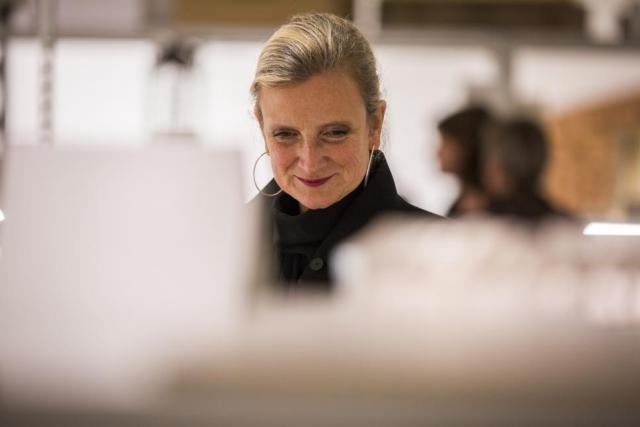For the perpetuation of projects
"There are projects that leave their mark and remain like Proust's Madelaine" she says with conviction. They are those where there is a perfect agreement with the client, but especially those that live beyond time. For architecture deals with both the built and the unbuilt space. So she refers to her fear, "how can architecture be so ephemeral? She continues, "We think we're building for hundreds of years, but projects disappear for higher structures or by tragedies like the New York towers. For all that, Fabeck Architects always bounces back.
The art of being part of posterity
Fabeck Architects' guiding principle is to create sustainable projects such as the all-glass Natixis Banque Populaire building in Kirchberg-Luxembourg. "20 years later, it hasn't aged a bit. The technology evolves but I could show you all our projects without having to hide any of them because they are out of fashion. I think that's what's important," she says with pride.
When it comes to color codes, Tatiana's heart is set on the sobriety of black without excluding others. Each project is defined by the geographic context, urban constraints, the client's program and the rational use of materials. Lime, steel and wood are natural rather than plasterboard: "I like the real thing, what you can touch, feel and even smell. There are many things that touch our senses without us realizing it and that makes us feel comfortable. A real architecture that crosses time, in short.
Photo credit: Patricia Pitsch
